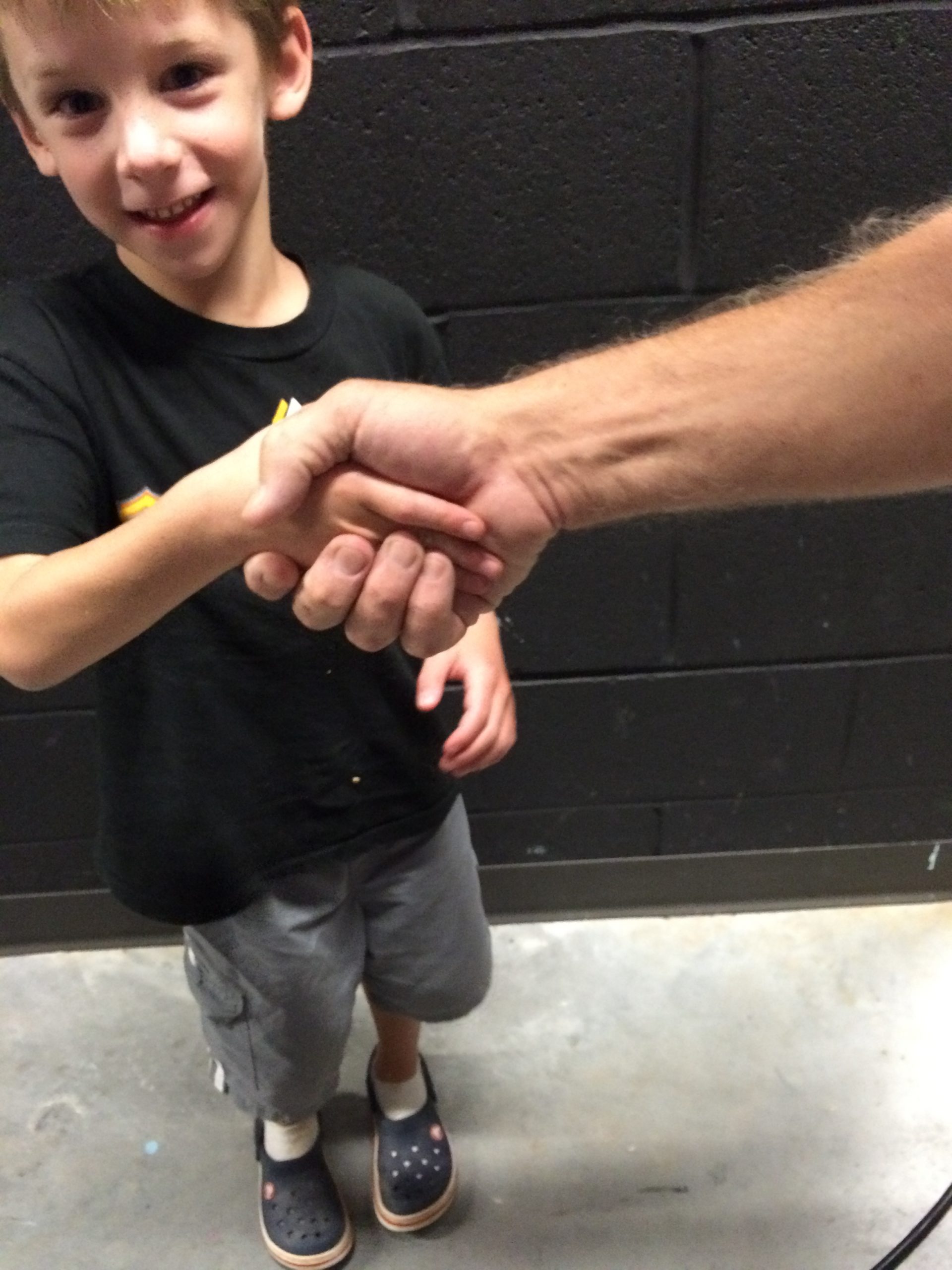Verbal communication, as well as non-verbal is an important skill for students of all ages. And, the summer vacation from school is a great place to start teaching and/or reinforcing this skill. Teachers spend the majority of the day in non-verbal communication. However, parents spend most of the time in verbal communication with students and children.
To clarify, verbal communication is using words to convey meaning. And, non-verbal communication is the use of body language. According to researcher Albert Mehrabial, more than half of all perceived non-verbal communication includes all aspects of body language.

For effective spoken communication skills, a number of elements must be considered. First, non-verbal body language is a factor. Does you body language convey what you are saying verbally? Second, sharpen listening skills. Both children and adults must be able to effectively listen. Last, clarification skills for a mutual understanding. Both must interpret correctly what is being said. To complete the process of effective verbal communication, use speech that is clear, calm, and focused. So, how is that taught to children?
Verbal Communication With Children
Verbal communication is a major factor of child guidance. Parents, as well as other adults strongly impact the behavior of children. However, adults must be an effective listener (active listening). In order to communicate with others, we must develop the desire to connect with others through the exchange of ideas and feelings. In children, this process begins with parents and relatives.
• Begin with a ‘chatty’ conversation.
• Provide descriptions of various objects, activities, or events.
• Utilize an adult vocabulary. Use different types of words and grammar.
• Provide labels to objects and actions.
• Engage children in a conversation that interests to them.
• Use books to engage a conversation.
• Remember to utilize boy language in verbal conversation. Gestures and simple signs build understanding and broadens the vocabulary.
Verbal communication with children simply begins with a hello and a hand shake, a pat on the back, a hug, or a touch on the arm. Non-verbal actions include facial expressions, gestures, and eye contact. When speaking to children, or when they are speaking to you, notice the changes in facial expressions and respond accordingly to model these simple actions. After all, verbal language is an important skill in the job world.
Next week, this writer will continue communications skills for teens.




